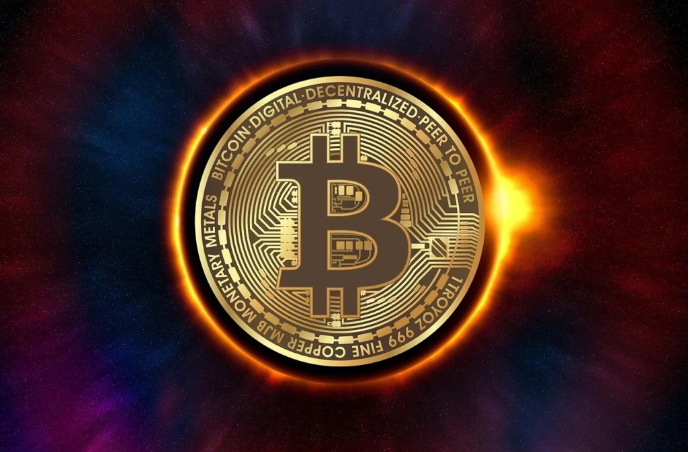A Brief History of Bitcoin and the Rise of Digital Money
In just over a decade, Bitcoin has gone from a fringe idea shared on an online forum to a globally recognized digital asset with billions in market capitalization. It sparked the birth of thousands of other cryptocurrencies and ignited a financial revolution now known as the digital money era.
But how did it all begin? What events led to the creation of Bitcoin and how did it evolve into the global phenomenon we see today?
Let’s take a walk through the fascinating history of Bitcoin and explore how it helped shape the rise of digital money.
1. The Problem Bitcoin Aimed to Solve
Before Bitcoin, all digital money systems relied on a central authority (banks, payment platforms, etc.) to verify and manage transactions. This posed several issues:
-
High fees
-
Limited access for the unbanked
-
Fraud and chargebacks
-
Trust in third parties
The 2008 financial crisis exposed major flaws in traditional finance, fueling interest in alternatives. Enter Bitcoin — a solution that allowed peer-to-peer digital transactions without intermediaries.
2. 2008: The Bitcoin Whitepaper
In October 2008, an anonymous person (or group) using the name Satoshi Nakamoto published a whitepaper titled:
“Bitcoin: A Peer-to-Peer Electronic Cash System”
This document proposed a new kind of digital currency that was:
-
Decentralized
-
Secured by cryptography
-
Stored on a public blockchain ledger
It was the blueprint for Bitcoin and the birth of a new financial system.
3. 2009: Bitcoin Is Born
In January 2009, Nakamoto mined the genesis block (Block 0) of the Bitcoin blockchain. Embedded in the block’s code was this message:
“The Times 03/Jan/2009 Chancellor on brink of second bailout for banks”
A nod to the broken banking system — and Bitcoin’s purpose as an alternative.
First transaction: Satoshi sent 10 BTC to computer scientist Hal Finney.
Price of 1 BTC: Practically zero.
4. 2010: Bitcoin Gains Value
In May 2010, a programmer named Laszlo Hanyecz made the first-ever real-world purchase with Bitcoin:
-
He bought two pizzas for 10,000 BTC.
-
At today’s prices, that’s worth millions — now celebrated as Bitcoin Pizza Day.
Shortly after, Bitcoin was listed on exchanges, and its value began to rise.
5. 2011–2013: Bitcoin Goes Mainstream (Sort Of)
-
Other cryptocurrencies like Litecoin and Namecoin were launched, inspired by Bitcoin’s open-source code.
-
Media coverage increased.
-
The Silk Road marketplace started using Bitcoin for anonymous purchases, bringing attention — and controversy — to the crypto world.
By 2013, Bitcoin’s price crossed $1,000 for the first time.
6. 2014–2017: Growth, Challenges & Awareness
-
Major companies like Microsoft and Overstock began accepting Bitcoin.
-
Mt. Gox, the largest Bitcoin exchange, was hacked in 2014, leading to the loss of 850,000 BTC.
-
Despite setbacks, Bitcoin kept gaining users, investors, and developers.
In 2017, Bitcoin hit an all-time high near $20,000, sparking a massive wave of interest.
7. 2018–2020: Volatility and Maturity
-
The 2018 crash (Bitcoin dropped to ~$3,000) cooled speculation, but core development continued.
-
Institutional interest grew: Fidelity, Square, and Grayscale began investing in or offering crypto products.
-
The COVID-19 pandemic pushed digital innovation and distrust in fiat money, renewing Bitcoin’s appeal as “digital gold.”
8. 2021–2023: Institutional Adoption & Regulation
-
Tesla bought $1.5B in Bitcoin.
-
El Salvador made Bitcoin legal tender — a historic first.
-
Bitcoin ETFs were approved in some countries.
-
Regulation debates intensified globally, but adoption surged.
Bitcoin crossed $60,000, solidifying its status as a mainstream financial asset.
9. 2024–2025: Bitcoin Today and Tomorrow
Today, Bitcoin is no longer just a tech experiment — it’s:
-
A store of value for investors
-
A payment method in some regions
-
A symbol of financial freedom and decentralization
It’s influenced the rise of:
-
Altcoins
-
Decentralized Finance (DeFi)
-
Non-Fungible Tokens (NFTs)
-
Central Bank Digital Currencies (CBDCs)
And it all began with an idea on a forum, just over a decade ago.
Final Thoughts
Bitcoin didn’t just launch a currency — it launched a movement. A challenge to traditional finance. A new era of digital, borderless, programmable money.
Whether you believe in Bitcoin as the future of finance or not, one thing is certain:
Its impact is unmistakable — and it’s only just begun.


